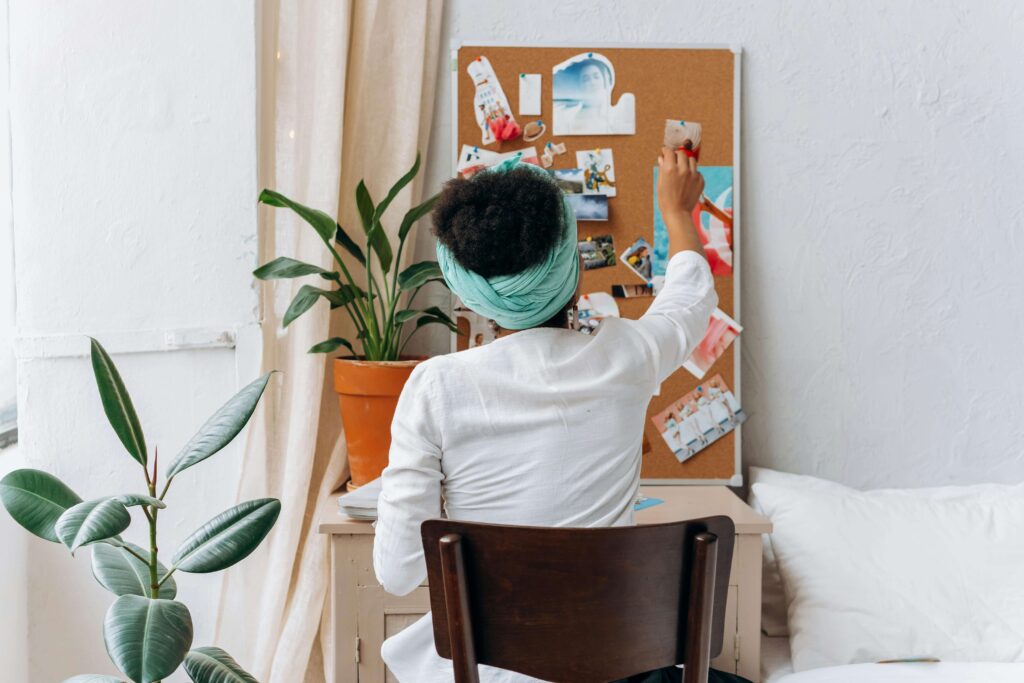
You’ve done the prep. You’ve scouted your location. You’ve scribbled down smart, sensitive questions. But the beauty of documentary interviews doesn’t just live in your notes or your gear bag—it happens in the moment, between two humans, one holding a mic and the other holding a story. Whether you’re filming in a quiet kitchen or a bustling fishing bay, how you conduct the interview can make the difference between flat answers and raw, resonant truth.
Great interviews aren’t about interrogation—they’re about connection. They require you to be curious but kind, structured but flexible. You’re not just chasing soundbites; you’re creating a safe space where people feel seen. And when that space is built right, people will say things they didn’t even know they needed to share. You’ll know it when it happens: the silence after a powerful line, the emotion barely held back, the way the room seems to still.
This article dives into seven practical ways to conduct more engaging interviews for documentaries, from setting up your lighting like a pro to reading the room like a trusted friend. We’ll keep it grounded, specific, and backed by real-life film examples, especially from African cinema where possible. Because storytelling is sacred, and how you hold someone’s story is just as important as what they say. Let’s do it right.
Technical Setup
1. Let There Be (Good) Light
Lighting is the unsung hero of compelling interviews. It shapes the mood, highlights emotions, and ensures your subject is seen in the best possible way. A well-lit interview can convey professionalism and draw viewers into the narrative.
Consider the use of three-point lighting: a key light to illuminate the subject, a fill light to soften shadows, and a backlight to separate the subject from the background. This setup
In the documentary The Act of Killing, director Joshua Oppenheimer employs dramatic lighting to underscore the surreal and haunting testimonies of former Indonesian death squad leaders. The lighting choices amplify the emotional weight of the interviews, making them unforgettable.
2. Clear Sound or Don’t Bother
Audio quality can make or break your documentary. Viewers may forgive less-than-perfect visuals, but poor sound is a deal-breaker. Capturing clear, crisp audio ensures your subject’s message is heard and understood.
Invest in quality microphones, such as lavaliers for discreet placement or shotgun mics for directional sound capture. Always monitor audio levels during recording and be mindful of ambient noise that could interfere with clarity.
In 20 Feet from Stardom, the voices of backup singers are captured with pristine clarity, allowing their stories and songs to shine. The impeccable sound design immerses the audience in their world, highlighting the importance of audio excellence.
3. Frame It Like You Mean It
Framing isn’t just about aesthetics; it’s about storytelling. The way you compose your shot can convey power dynamics, emotional states, and context.
Use the rule of thirds to position your subject, leaving space in the frame that can suggest openness or isolation. Consider the background carefully to ensure it’s relevant and not distracting.
In The Fog of War, Errol Morris frames Robert McNamara in a way that emphasises his introspection and the gravity of his reflections on war. The tight framing and neutral background focus the viewer’s attention squarely on McNamara’s expressions and words.
4. Lock It Down
A steady shot is essential for professional-looking interviews. Camera shake can distract viewers and undermine the credibility of your documentary.
Utilise a sturdy tripod to keep your camera stable. This not only ensures consistent framing but also allows you to focus on the interview without worrying about holding the camera steady.
In Jiro Dreams of Sushi, the interviews are shot with unwavering stability, reflecting the precision and discipline of the sushi master himself. The steady camera work complements the film’s themes of dedication and craftsmanship.
Interviewing – Be Human, not a Host
5. Start with Small Talk
Building rapport before diving into serious questions can make your subject more comfortable and open. Casual conversation helps ease nerves and fosters a connection.
Engage in light, genuine small talk before the interview begins. Discuss topics unrelated to the documentary to create a relaxed atmosphere.
In Stories We Tell, Sarah Polley engages her family members in informal chats, which helped them open up about personal histories. These moments of levity and familiarity enrich the depth of the interviews.
6. Eye Contact, not a Checklist
Maintaining eye contact shows your subject that you’re engaged and interested, encouraging more heartfelt responses. Relying too heavily on a list of questions can make the interview feel mechanical.
Prepare your questions in advance, but be ready to deviate based on the conversation’s flow. Active listening and natural eye contact can lead to unexpected and valuable insights.
In The Look of Silence, Joshua Oppenheimer’s attentive presence allows subjects to delve deeply into their experiences, resulting in powerful and emotional testimonies. His approach demonstrates the impact of genuine engagement over rigid questioning.
7. Let Silence Work for You
Silence can be a powerful tool in interviews. Allowing pauses gives subjects time to think and often leads to more profound responses.
Resist the urge to fill every silence. Embrace the pauses—they can encourage your subject to continue speaking and reveal deeper emotions.
In The Act of Killing, moments of silence are used effectively to let the weight of the subjects’ confessions settle, creating a haunting and reflective atmosphere that resonates with viewers.
Pulling it Together
Mastering the art of documentary interviews involves a blend of technical proficiency and human connection. By focusing on lighting, sound, framing, and stability, you ensure your interviews are visually and audibly engaging. Simultaneously, approaching your subjects with empathy, attentiveness, and patience fosters authentic and compelling narratives.
Remember, the goal is to create a space where your subjects feel seen and heard, allowing their stories to unfold naturally. When technical excellence meets genuine human interaction, your documentary interviews will not only inform but also inspire.